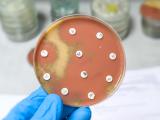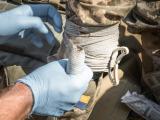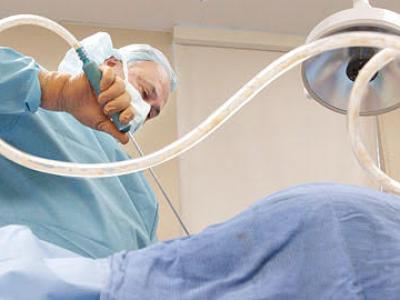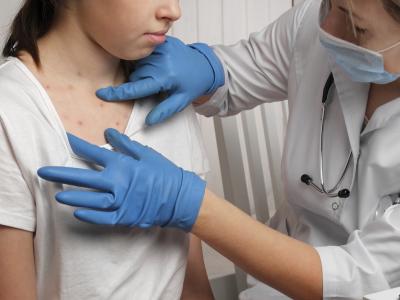Ahead of a high-level United Nations meeting on antimicrobial resistance (AMR) next week in New York, the group's Food and Agriculture Organization (FAO) this week unveiled an action plan to help countries build strategies to address the problem in their food and agricultural sectors by the middle of 2017.
Grappling with agricultural uses of antimicrobials is considered a key part of curbing the emergence of antimicrobial-resistant pathogens, preserving crucial antibiotics used for human health. The FAO said in a Sep 14 press release that livestock consumption of antimicrobials tops 60,000 metric tons each year, and that their use is likely to grow with the increasing demand for animal-sourced food products.
Action plan part of bigger global effort
The 17-page action plan evolved from the World Health Assembly's (WHA's) passage of a World Health Organization (WHO) draft global action plan on AMR in May 2015. WHA representatives called for closer collaboration between the FAO, the WHO, and the World Organization for Animal Health (OIE) in tacking antimicrobial resistance issues, based on the "One Health" model.
At the FAO's conference the following month, members adopted a resolution committing the group to addressing the role that the food and agricultural sectors contribute to the problem. The plan released this week spells out how the FAO will implement the measure, according to the report.
Developed by a multidisciplinary team, the plan describes the FAO's approach and actions over the next 5 years.
In a forward to the report, Maria Helena Semedo, MSc, the FAO's deputy director-general and coordinator for natural resources, said risks from the spread of antimicrobial-resistant organisms are especially high in countries where monitoring systems, surveillance, and controls are weak. "This is where FAO plays a key role in supporting governments, producers, traders, and other stakeholders to move towards the responsible use of antimicrobials in agriculture, thus helping reduce Antimicrobial Resistance in agricultural systems."
Strategy details, focus areas
The plan, with its goal of helping member states develop their own national plans by May 2017, has four main focus areas:
- Improving AMR awareness among farmers, producers, veterinarians, authorities, policymakers, and consumers
- Building capacity for surveillance of AMR and monitoring of antimicrobial use in food and agriculture
- Strengthening governance surrounding AMR and antimicrobial use
- Promoting good practices in food and agricultural systems
Each of the focus areas has a list of several key activities. The FAO said the overall results would include, for example, education and training, record-keeping, reducing infections, enacting or optimizing legislation, and investing in alternatives, such as better biosecurity or vaccines, that allow for reduced use of antimicrobials.
The FAO said in the report that it will implement the action plan within its own strategic framework at the global, regional, and national levels, and that work will be coordinated by it along with the OIE and WHO. Help from public- and private-sector groups is crucial, and the FAO said it needs to mobilize human and financial resources to make sure the planning progresses and that actions are sustainable.
See also:
Sep 14 FAO press release
Sep 14 FAO Action Plan on Antimicrobial Resistance























